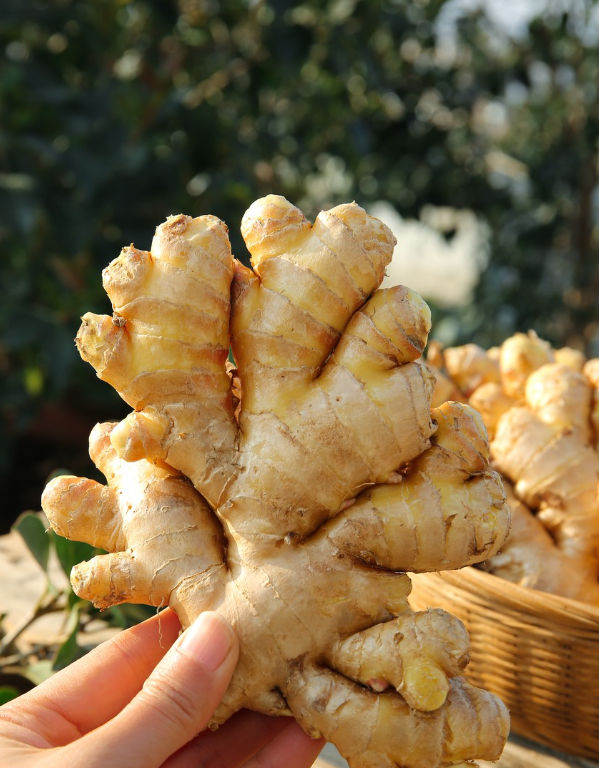
In the global functional food market, ginger (Zingiber officinale) has emerged as a top-tier natural ingredient—not just for flavor, but for its scientifically backed health benefits. Whether you're a food manufacturer, supplement developer, or wellness brand, understanding the active compounds in fresh ginger—especially gingerols and curcuminoids—is essential to delivering real value to your customers.
Unlike dried or powdered forms, fresh ginger retains higher concentrations of volatile oils and bioactive phenolic compounds like gingerol (up to 3–5% by weight). According to a 2021 study published in Food Chemistry, fresh ginger from certified organic farms in India and China showed up to 27% more gingerol content compared to imported dried alternatives—a key factor in efficacy for digestive and immune support.
| Compound | Primary Benefit | Typical Concentration (Fresh) |
|---|---|---|
| Gingerol | Anti-inflammatory, anti-nausea | 3–5% |
| Shogaol | Enhances circulation, antioxidant | 1–2% |
| Curcuminoids | Immune modulation, joint comfort | 0.5–1.5% |
Multiple clinical trials confirm ginger’s role beyond traditional use:
Not all ginger is created equal. Our partners source only from verified organic farms in Southeast Asia where soil testing ensures no detectable pesticide residues (<0.01 ppm), meeting EU and USDA standards. With consistent harvests year-round, we guarantee stable supply chains—even during peak demand periods like Q4 holiday product launches.
For formulators looking to maximize bioavailability, consider combining ginger extract with black pepper (piperine)—which boosts absorption by up to 60%, per a 2019 study in Nutrients.

To get the most out of ginger in formulations or personal use:
If you’re exploring how to integrate ginger into your next formulation—whether for probiotics, energy bars, or herbal tinctures—we’ve helped over 30 brands launch successful ginger-based products globally. Let’s talk about what works best for your target market.